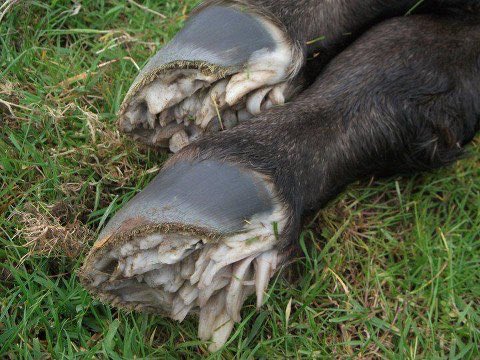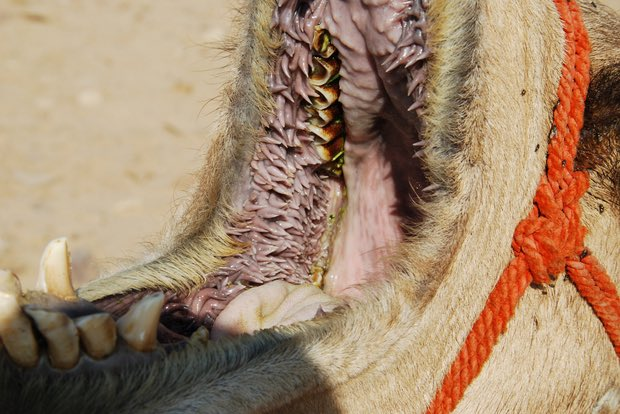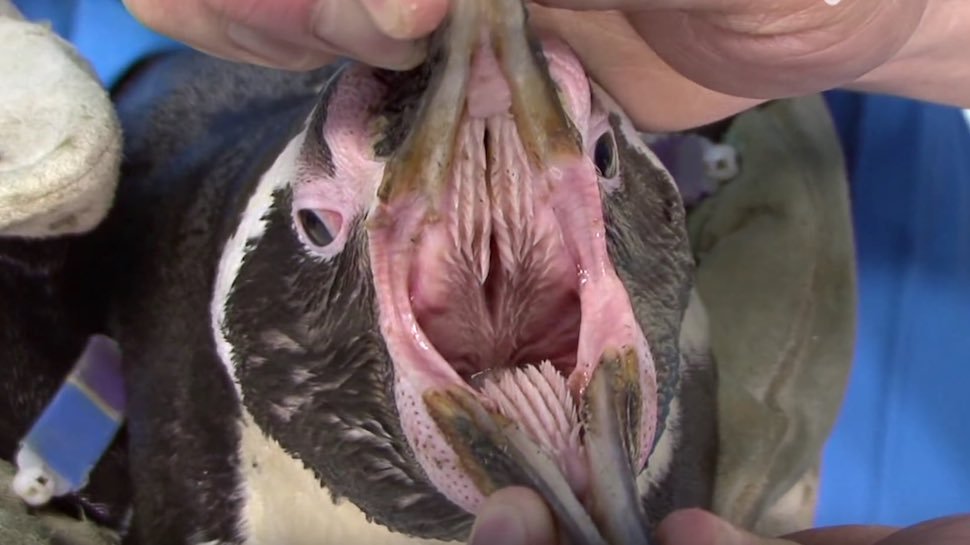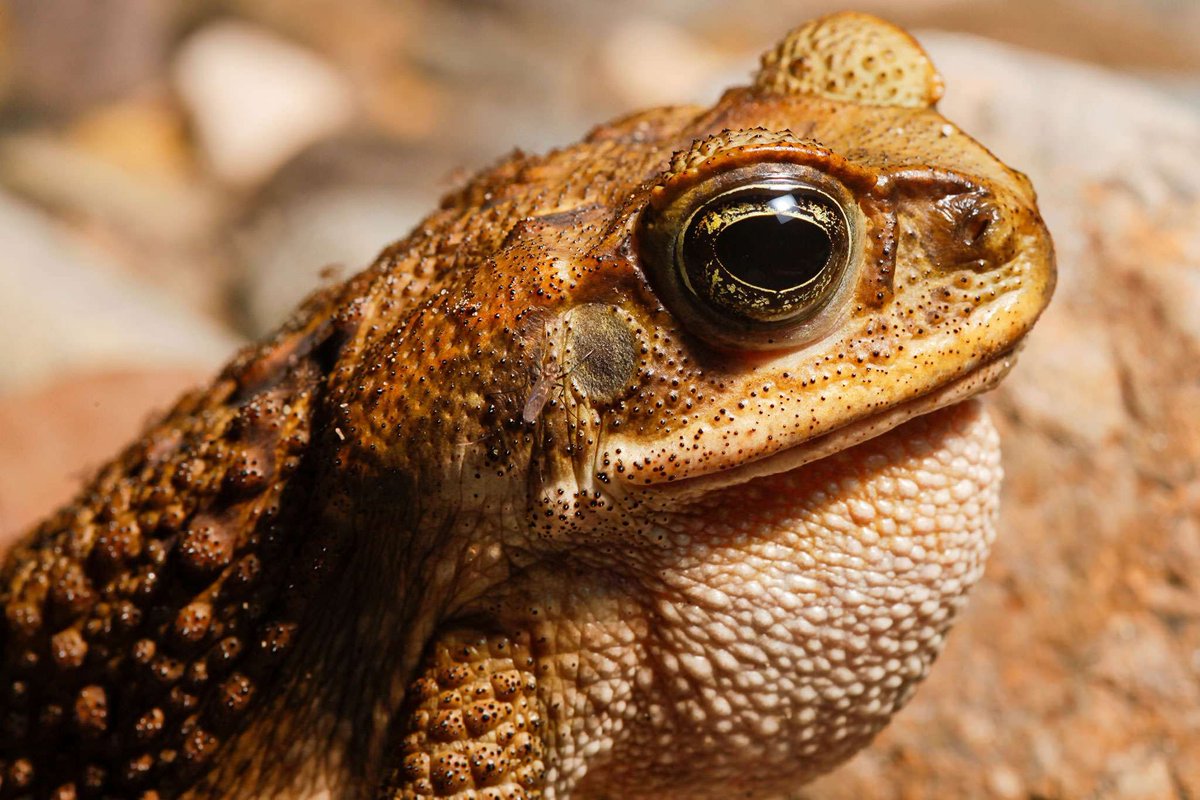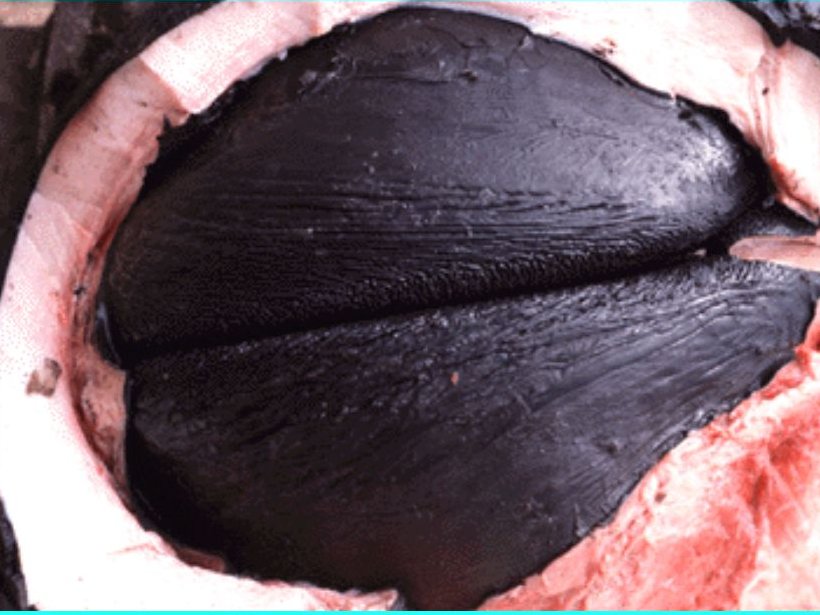CW: Teeth, Blood and Weird Anatomy
Here is a “Normal But Freaky” thread about common features in nature that are beyond bizarre to the unfamiliar. Let’s start with the fairy fingers on newborn horses! This feature is called the eponychium and disappears shortly after birth.
Here is a “Normal But Freaky” thread about common features in nature that are beyond bizarre to the unfamiliar. Let’s start with the fairy fingers on newborn horses! This feature is called the eponychium and disappears shortly after birth.
Oral and choanal papillae occur across a variety of species and serve different functions, but some are quite startling! Pictured here is a dromedary camel, a leatherback sea turtle and a penguin.
Prey animals tend to have horizontal pupils that allow them to better keep a lookout for predators. Their eyes will actually rotate in their sockets when they lower their heads, meaning their pupils will be parallel with the ground as they graze.
Pharyngeal teeth are found in multiple species fish. Some species with teeth in their throat may otherwise have no teeth or reduced teeth in their mouths! Here is what they look like in a black drum. They& #39;re good for crushing up hard-shelled animals like crustaceans and mollusks!
Most true toads (those in the family Bufonidae) have an underdeveloped ovary called the Bidder& #39;s organ. It occurs in both sexes and can become a functioning ovary if the testes are removed in males! Oviducts, however, are not formed so the eggs cannot be laid.

 Read on Twitter
Read on Twitter